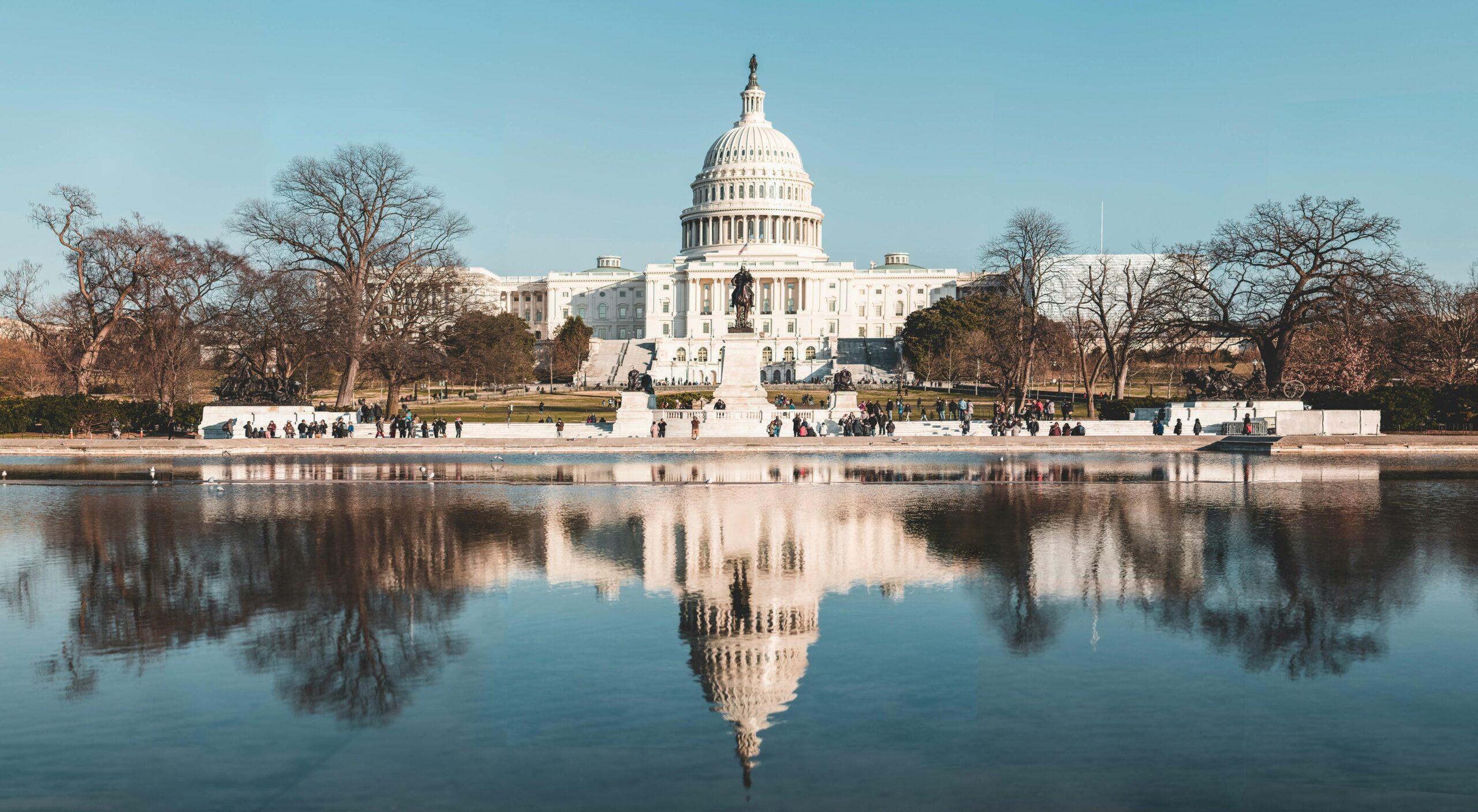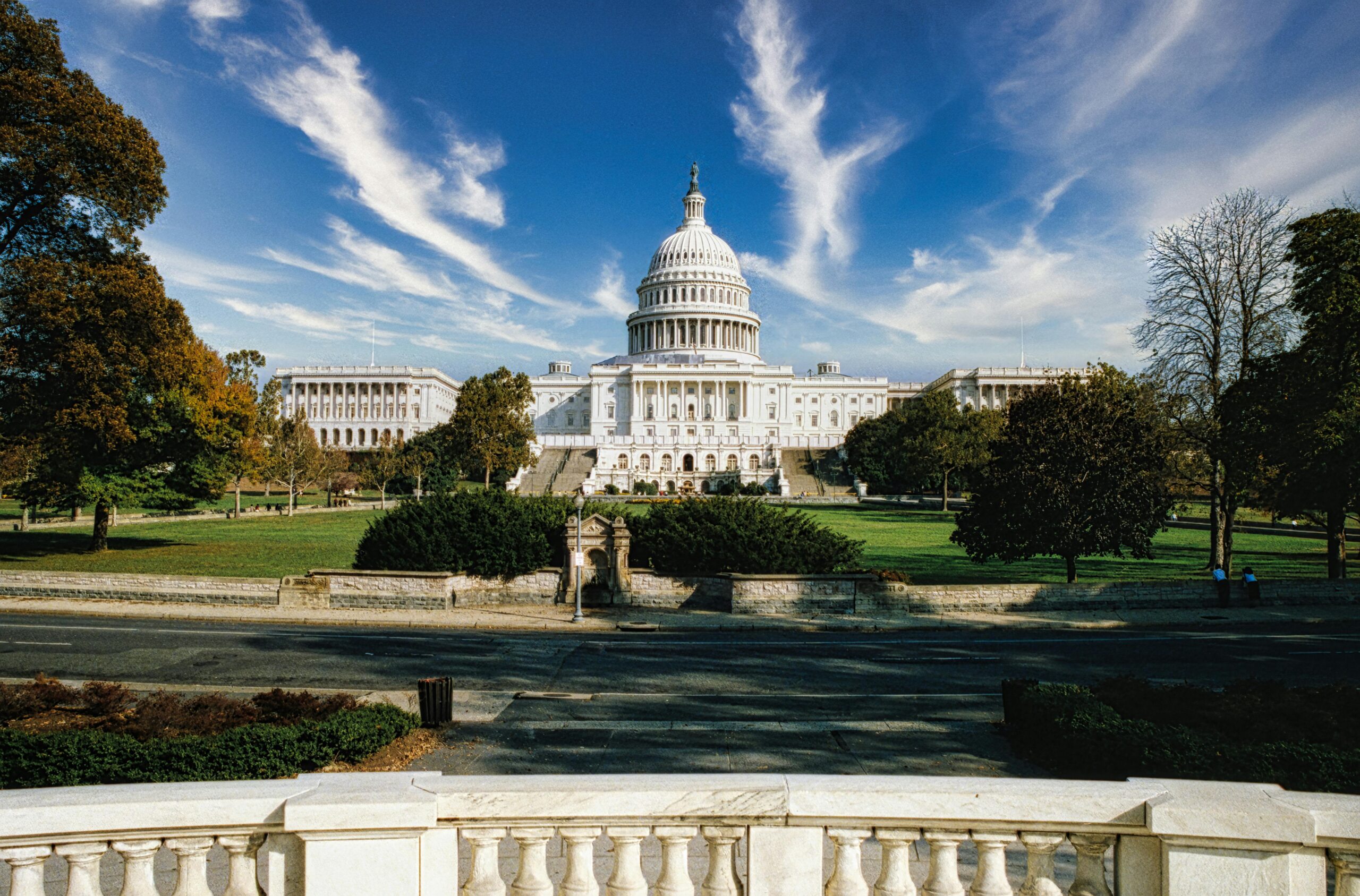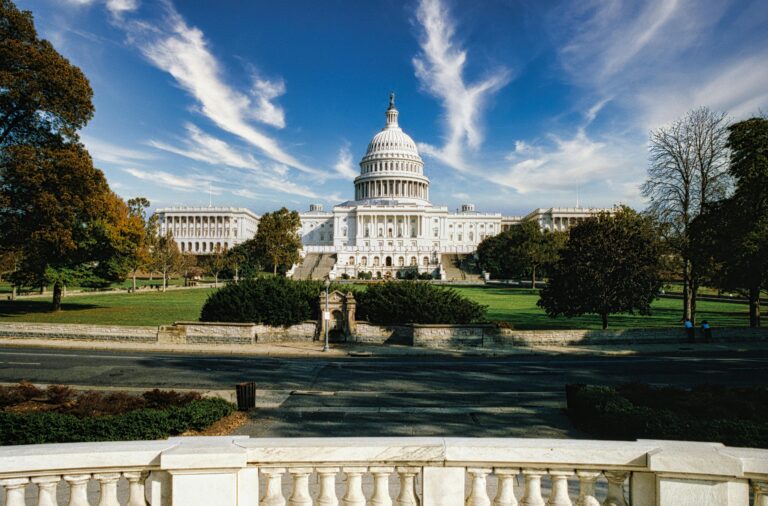
President Donald J. Trump is once again making headlines, not just for his campaign rhetoric or courtroom appearances, but for a proposed piece of legislation unofficially dubbed the “Big Beautiful Bill.” Though still in its draft stages and not yet introduced to Congress, the bill has stirred up significant discussion among real estate professionals, developers, homeowners, and economists.
Trump, positioning himself as a pro-growth, pro-America candidate ahead of the 2024 and now 2028 elections, claims the bill will “supercharge housing, slash regulations, protect homeowners, and bring jobs roaring back.” But what does this proposed legislation actually entail, and more importantly, is it good for the U.S. real estate market?
In this article, we’ll break down what we know about the “Big Beautiful Bill,” analyze its potential impacts on various sectors of the real estate industry, and weigh the possible benefits and drawbacks for buyers, sellers, investors, and communities at large.
What Is the “Big Beautiful Bill”?
Though the official text has yet to be released, Trump’s campaign surrogates and leaked policy memos point to a legislative package that includes several major proposals targeting housing, construction, and property ownership:
-
Massive Deregulation in Housing Development
The bill seeks to roll back federal environmental and zoning rules that slow new construction, especially in suburban and exurban areas. It would pressure local governments to eliminate single-family-only zoning and expedite permits for large-scale developments. -
A Tax Break for Homebuyers and Builders
A key component is a reinstatement and expansion of a homebuyer tax credit, potentially up to $15,000 for first-time buyers. Developers could also benefit from a reduced capital gains tax on housing investments and special deductions for new multifamily housing starts. -
Immigration Policy Tied to Construction Labor
The bill includes a special visa program to bring in skilled construction workers to address labor shortages, coupled with a temporary suspension of regulations that require prevailing wages for federally subsidized housing projects. -
A “Homeownership Guarantee” for Veterans and First Responders
Trump has proposed a plan to guarantee mortgage access for qualifying veterans, police, firefighters, and teachers, with the federal government backing 100% of the loan value and waiving down payment requirements. -
Federal Preemption of Local Housing Restrictions
One of the more controversial aspects would allow federal projects (and some private ones that use federal funds or tax credits) to override local land use restrictions, a major departure from decades of precedent.
These proposals, some popular, others provocative, are designed to appeal to both working-class Americans priced out of the market and business interests eager to build.
Potential Benefits to the Real Estate Market
If passed in its current form, the “Big Beautiful Bill” could deliver short-term and long-term impacts that reshape the U.S. housing landscape. Here’s how it could benefit the market:
1. Boosting Supply, Curbing Prices
One of the primary causes of America’s housing affordability crisis is a lack of supply. By rolling back federal red tape and pressuring localities to relax zoning laws, the bill could unlock thousands of acres for development. This would be especially effective in suburban areas where restrictive zoning has historically limited density.
More housing supply, particularly in fast-growing Sunbelt states, could help reduce price pressures in overheated markets, making homes more accessible to first-time buyers.
2. Stimulating Construction and Jobs
Real estate developers and construction firms are largely supportive of the bill’s focus on labor reform and deregulation. With an aging construction workforce and severe labor shortages, especially in skilled trades, the proposed visa program and wage rule exemptions could help ramp up building activity quickly.
In turn, that could generate jobs, not just in construction, but in related industries like materials, transportation, design, and finance.
3. Helping Homebuyers Access Credit
The proposed homebuyer tax credit and down payment waivers for key service sectors could provide much-needed relief for entry-level buyers, especially in high-cost metros. If paired with lower mortgage rates or federal loan guarantees, this could reignite demand and help address racial and generational homeownership gaps.
Risks and Challenges: Is It Too Much, Too Fast?
While there are potential upsides, real estate analysts and policy experts warn that the “Big Beautiful Bill” could have unintended consequences.
1. Overheating the Market Again
Stimulating both supply and demand at once, especially with tax credits and subsidies, could backfire if not carefully timed. If supply fails to keep pace with the surge in buyer demand, prices could spike further, particularly in markets already struggling with affordability.
This could echo some of the conditions that led to the 2008 housing crisis, when lax regulation and easy credit fueled unsustainable growth.
2. Weakening Local Control and Environmental Protections
Perhaps the most controversial aspect of the bill is its attempt to override local zoning laws and fast-track projects regardless of community opposition or environmental review. Critics argue that this could lead to poorly planned developments, strain on infrastructure, and increased environmental degradation.
Local officials and urban planners are especially alarmed by the proposal to allow federal housing projects to bypass community review, fearing it will lead to lawsuits and long-term resentment.
3. Labor Market Concerns
While importing foreign labor might address immediate shortages in construction, labor unions and domestic workforce advocates argue it could depress wages and reduce incentives to train American workers. The rollback of prevailing wage requirements could also widen income inequality within the building trades.
Political and Market Reaction
Real estate developers and investors have largely welcomed the spirit of the bill, especially those with large-scale projects in the pipeline. Stocks of homebuilders like Lennar, D.R. Horton, and Toll Brothers have seen modest gains on the speculation that such policies could pass if Republicans control Congress in 2026.
However, urban leaders, environmental groups, and housing justice advocates are gearing up for a fight. Many view the bill as an overreach that prioritizes construction profits over equity, sustainability, and community control.
Even some moderate conservatives are wary of the sweeping federal preemption measures, calling it a break from traditional Republican values of local governance.
What It Means for Buyers, Sellers, and Investors
Buyers could benefit from more housing choices and potential financial incentives, but would need to act fast if competition heats up again. The first-time homebuyer tax credit could help many get over the down payment hurdle.
Sellers in saturated markets may see increased competition as new inventory hits the market. However, they could also benefit from higher overall demand if interest rates stay stable.
Investors and developers would stand to gain the most, especially those operating in high-growth states like Florida, Texas, Arizona, and the Carolinas. Large-scale builders, REITs, and property management firms would enjoy lower regulatory barriers and potentially better margins.

Final Thoughts: Promise or Pitfall?
Trump’s “Big Beautiful Bill” is ambitious, disruptive, and designed to appeal to his political base and the real estate industry he knows so well. If passed, it could represent one of the most significant shifts in U.S. housing policy in decades, unleashing new supply, empowering developers, and helping select groups of buyers access homeownership.
But whether it truly benefits the broader real estate market, or simply stirs up more volatility, depends on how it is implemented, whether Congress reins in its most aggressive elements, and how the market responds to both incentives and risks.
For now, one thing is clear: the bill, like its nickname, is bold, big, and anything but boring.





